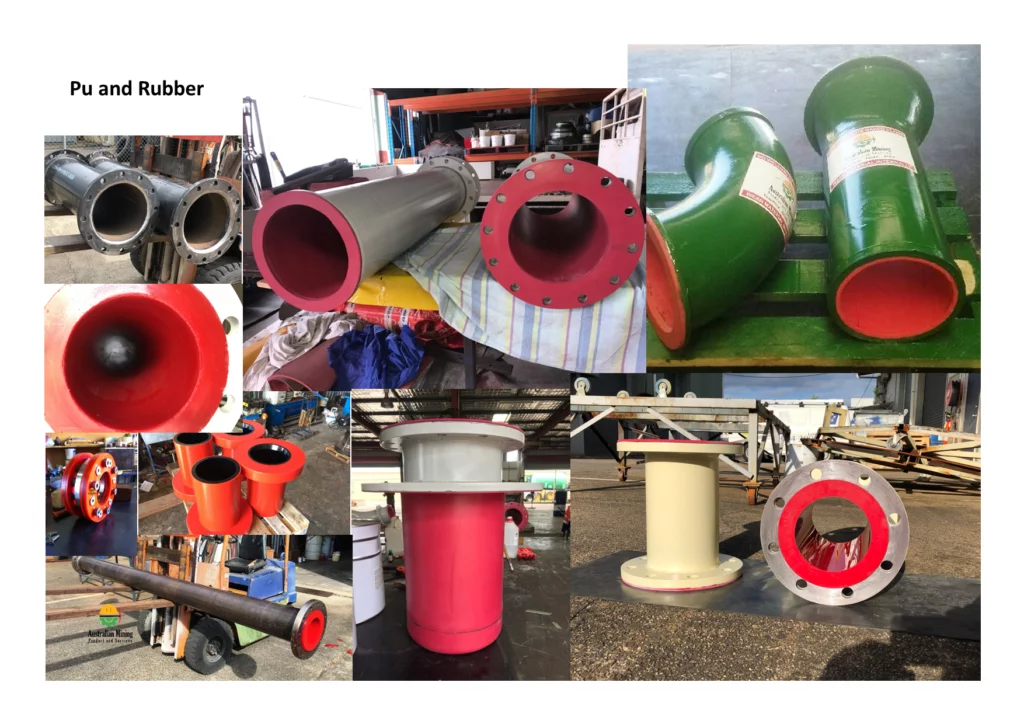Rubber lining is a process in which a protective layer of rubber is applied to the interior surface of industrial equipment and structures to protect them from wear and tear caused by the abrasive nature of the materials they handle. Rubber lining has become an essential aspect of many industrial processes, and its importance cannot be overstated.
Rubber lining is commonly used in industries such as mining, chemical processing, and water treatment. The process of rubber lining involves applying a rubber lining to the interior surface of the equipment or structure. The rubber lining is held in place by an adhesive, and the equipment or structure is then baked at high temperatures to cure the rubber lining.
https://www.corrosionpedia.com/definition/4321/rubber-lining
The Benefits of Rubber Lining
The benefits of rubber lining are numerous and include:
Increased equipment lifespan:
Rubber lining acts as a barrier between the abrasive materials and the equipment, preventing wear and tear. This results in a longer lifespan for the equipment, reducing the need for frequent replacements and downtime.
Improved equipment efficiency:
Rubber lining improves the efficiency of equipment by reducing friction and minimizing the amount of energy required to operate the equipment.
Cost savings:
Rubber lining can save industries a significant amount of money by reducing the need for frequent replacements and downtime, as well as improving equipment efficiency.
Safety:
Rubber lining improves safety by reducing the risk of equipment failure, which can result in dangerous spills or leaks.
Rubber Lining in Mining
In the mining industry, rubber lining is used to protect equipment such as slurry pumps, pipelines, and storage tanks from the abrasive nature of the materials being transported. Rubber lining is also used to protect the interior of mining vehicles, such as haul trucks and excavators, from the wear and tear caused by the constant movement of the vehicles over rough terrain.
Also, rubber wear liners are a versatile, cost-effective and durable solution to protect your Mining and Quarrying equipment the damaging effects.
Rubber Lining in Chemical Processing
In the chemical processing industry, rubber lining is used to protect equipment such as tanks, reactors, and pipelines from the corrosive nature of the chemicals being processed. Rubber lining is also used to protect the interior of chemical storage tanks from the wear and tear caused by the constant movement of the chemicals within the tanks.
Rubber Lining in Water Treatment
In the water treatment industry, rubber lining is used to protect equipment such as clarifiers, filters, and pipelines from the abrasive nature of the water being treated. Rubber lining is also used to protect the interior of water storage tanks from the wear and tear caused by the constant movement of the water within the tanks.
Conclusion
Rubber lining is an essential aspect of many industrial processes, and its importance cannot be overstated. The benefits of rubber lining include increased equipment lifespan, improved equipment efficiency, cost savings, and safety. Rubber wear liners are commonly used in industries such as mining, chemical processing, and water treatment, and are used to protect equipment from the abrasive and corrosive nature of the materials being handled.

